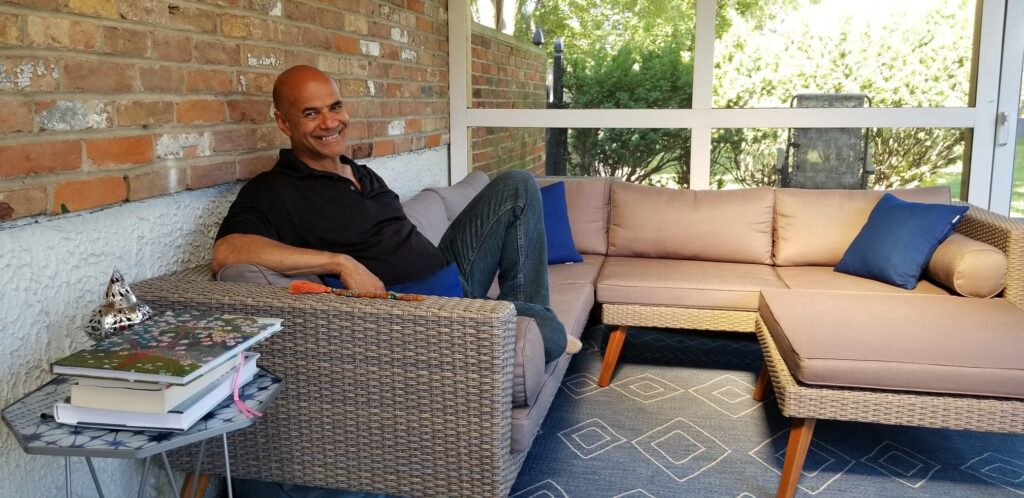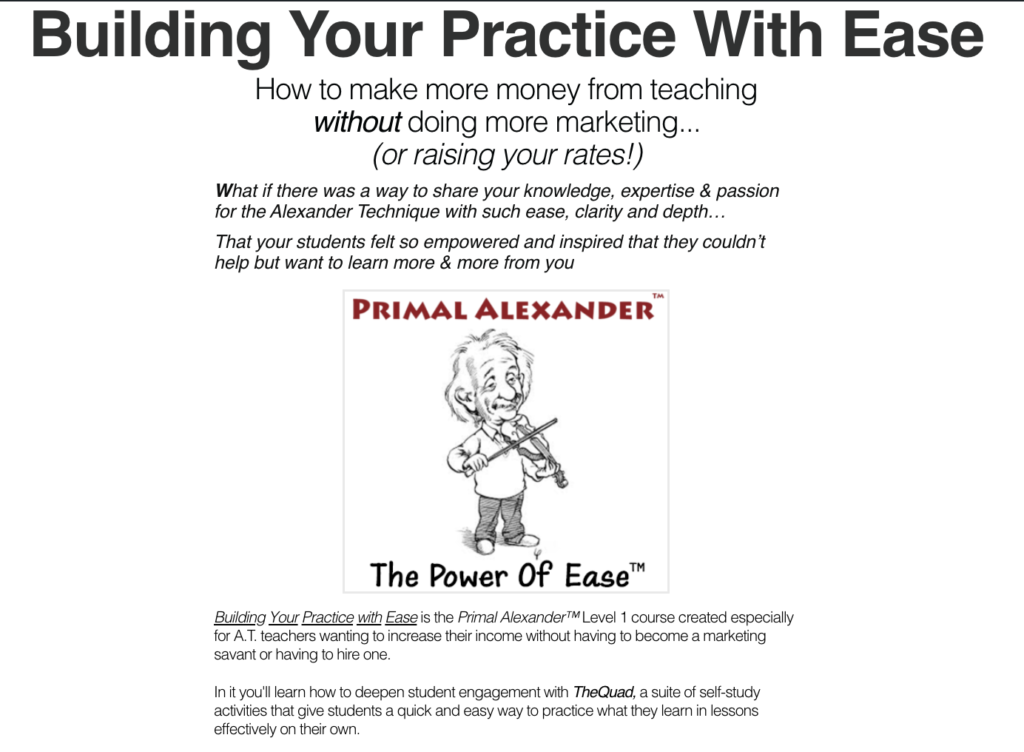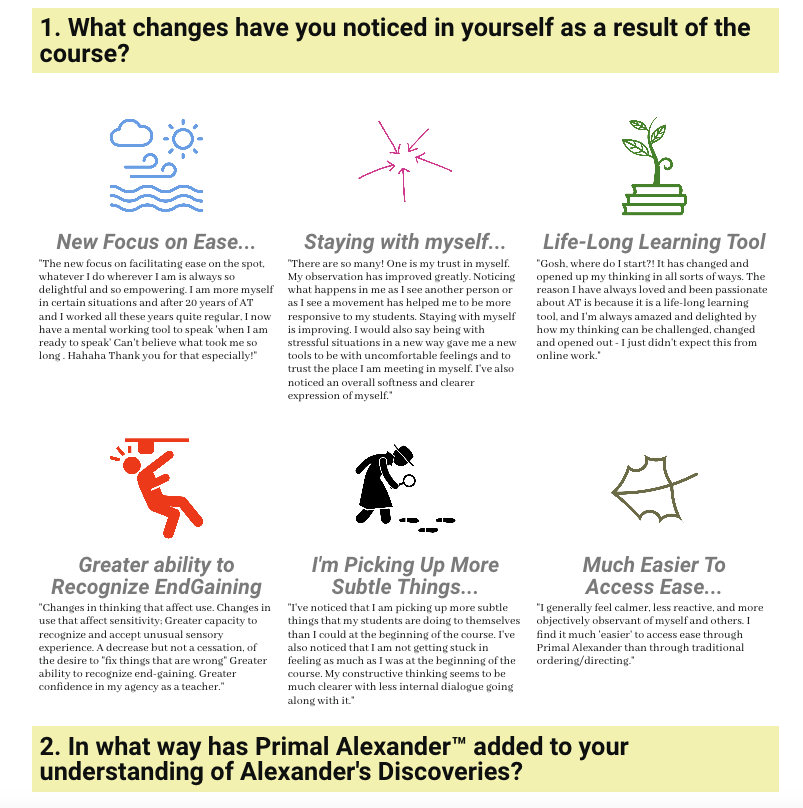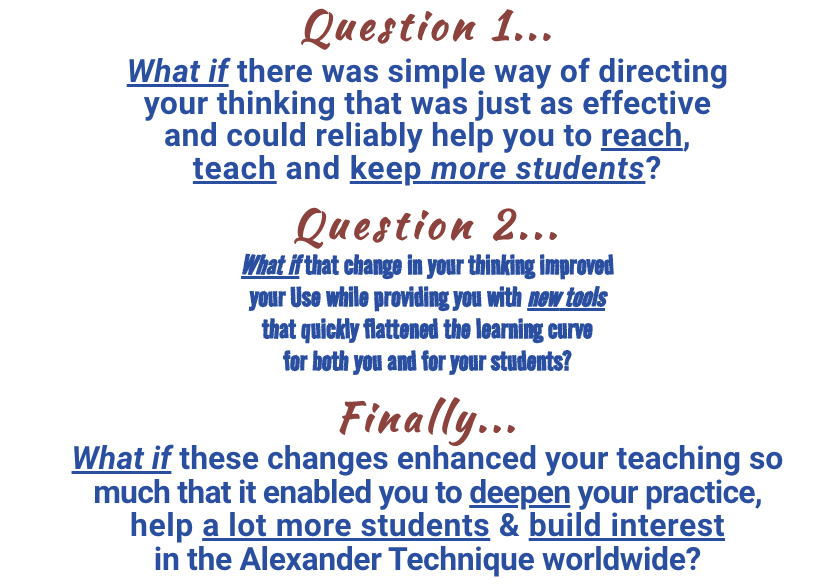Important Question For alexander Teachers Who still
struggle to bring in the amount of income they truly deserve...
? If I could show you an easy way to empower & inspire your students so much that they stuck around long enough to experience how a deep understanding of the alexander technique could not only solve their original issue, but could actually transform their lives…
would you then perhaps be willing to…
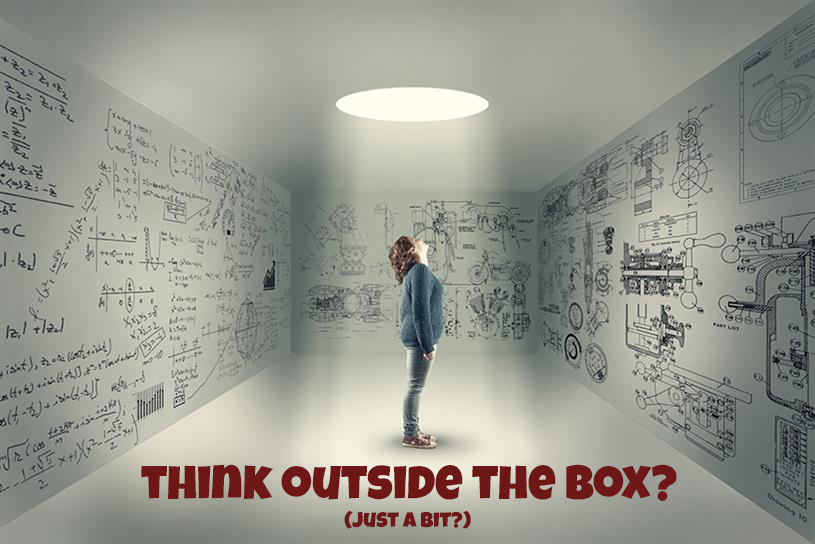

OKAY!!!
Here's the deal...
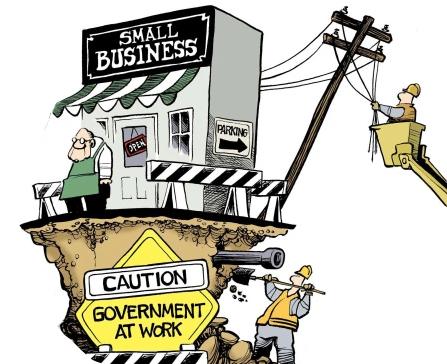
First of all it's not your fault
You didn't get any business or marketing training
Even businesses selling commodities that people already want and/or need fail
Not to mention something as difficult to explain, let alone sell as AT
Data from the Bureau of Labor Statistics show that approximately 20% of new businesses fail during the first two years of being open, 45% during the first five years, and 65% during the first ten years. Only 25% of new businesses make it to 15 years or more.Feb 24, 2022
It's Not Personal...It's Just Business! Vito Corleone
Whether we like it or not, the instant money changed hands, and we accepted cold hard cash, a check or a charge in exchange for our exquisite Alexander expertise we were in business! We became entrepreneurs.
Now...
I don't know about you, but for a heck of a long time, I was seriously allergic to even thinking of my Alexander practice as a business, let alone treat it as such. I originally got involved with the Technique out of need but I stayed with it out of love and...
Money had little (or nothing) to do with it!
Nothing has really changed over the years. My life continues to be benevolently ruled by Inhibition, Non-doing, Non-Endgaining & Thinking in activity.
And if I didn't have any paying students, I would still teach for free as often as possible because it's the best thing I can do for myself & the kindest thing I can do for others
A bunch of years ago I stumbled upon something that enabled me to bridge the gap

Everything should be made as simple as possible but no simpler Einstein
Whether we like it or not, the instant money changed hands, and we accepted cold hard cash, a check or a charge in exchange for our exquisite Alexander expertise we were in business! We became entrepreneurs.
Now...
I don't know about you, but for a heck of a long time, I was seriously allergic to even thinking of my Alexander practice as a business, let alone treat it as such. I originally got involved with the Technique out of need but I stayed with it out of love and...
Money had little (or nothing) to do with it!
Nothing has really changed over the years. My life continues to be benevolently ruled by Inhibition, Non-doing, Non-Endgaining & Thinking in activity.
And if I didn't have any paying students, I would still teach for free as often as possible because it's the best thing I can do for myself & the kindest thing I can do for others
A bunch of years ago I stumbled upon something that enabled me to bridge the gap
Building Your Practice with Ease is the Primal Alexander™ Level 1 course made specifically for Alexander teachers who want to increase their income but would rather not have to become a marketing expert or have to hire one.,
In the course you'll first learn how to deepen student engagement with TheQuad, a suite of self-study activities that give students a quick and easy way to practice what they learn in lessons effectively on their own.
Building Your Practice With Ease
How to leverage student empowerment....
(and without raising your rates)
Perry Belcher
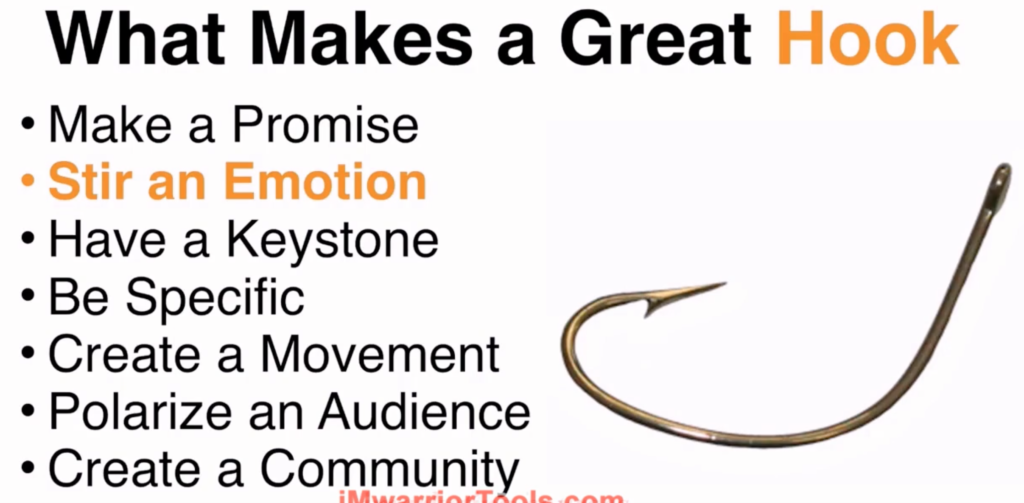

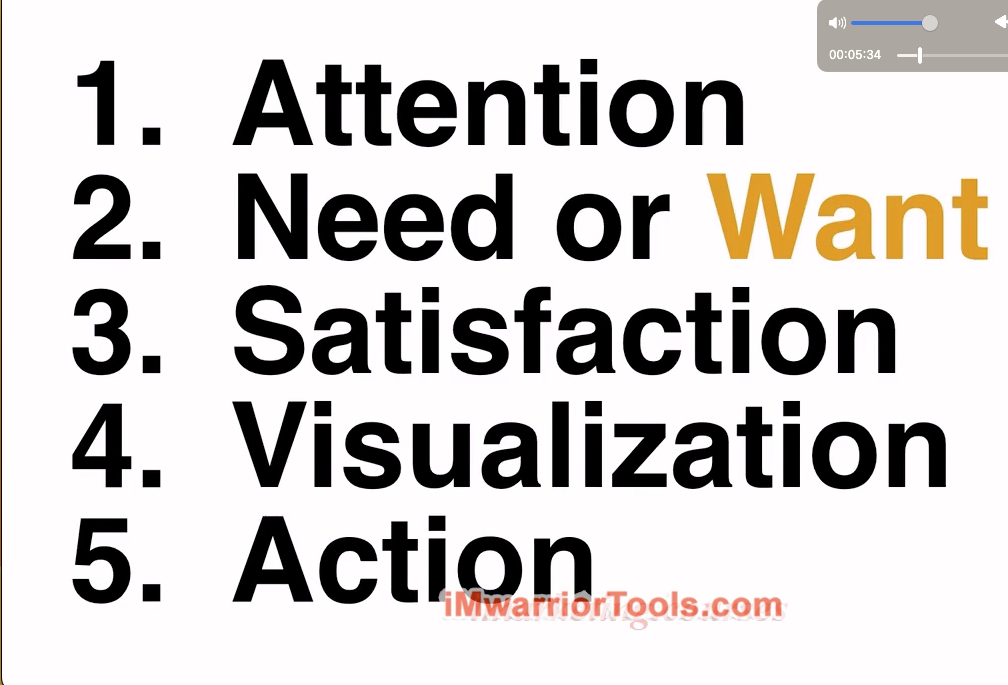

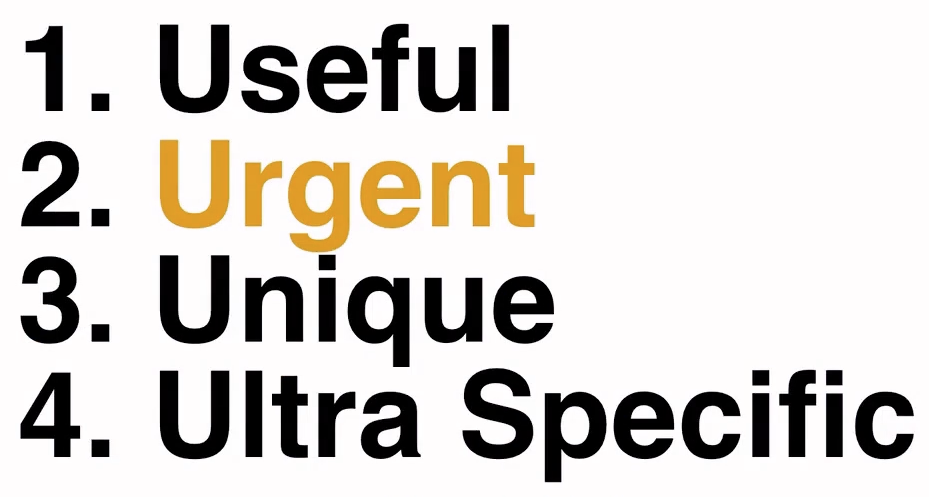
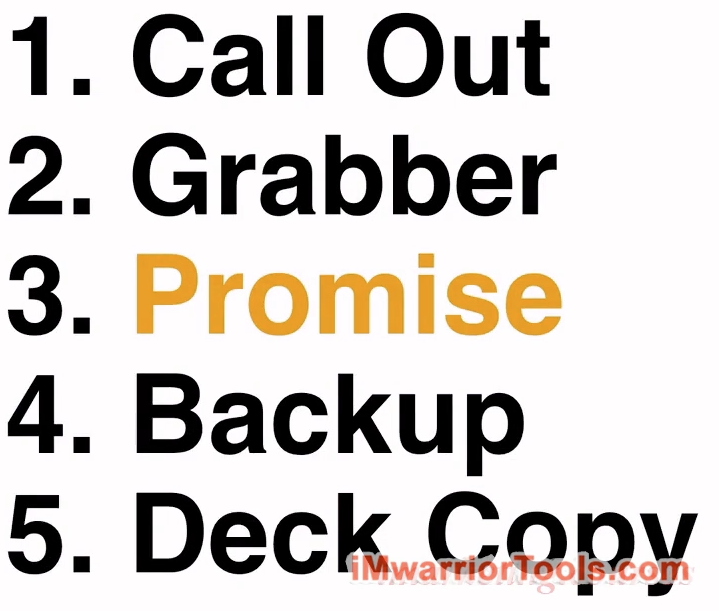
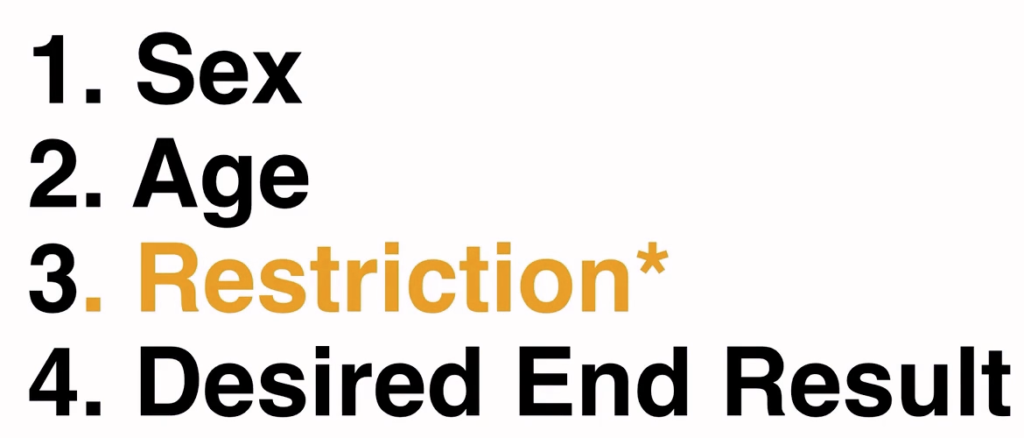
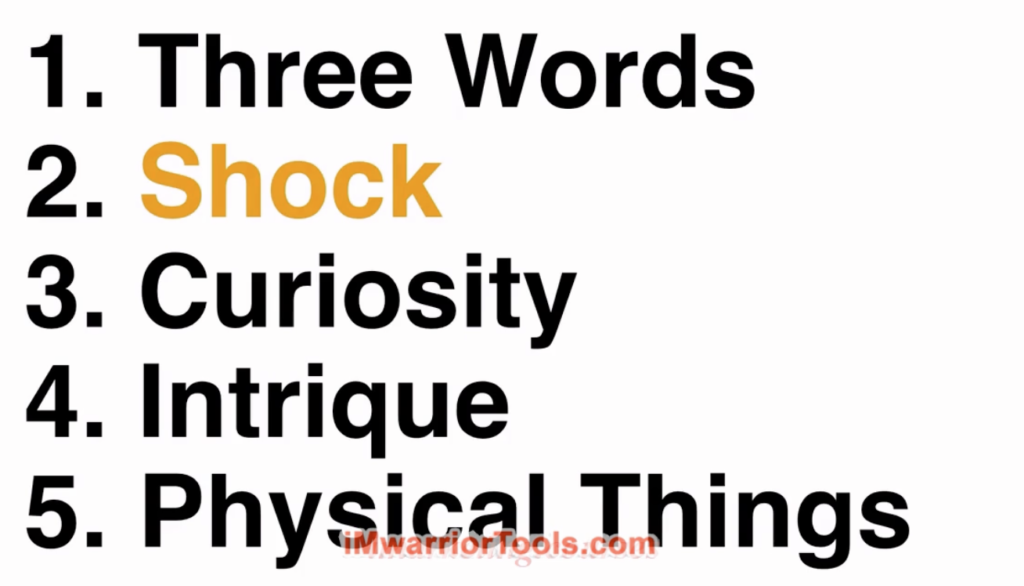

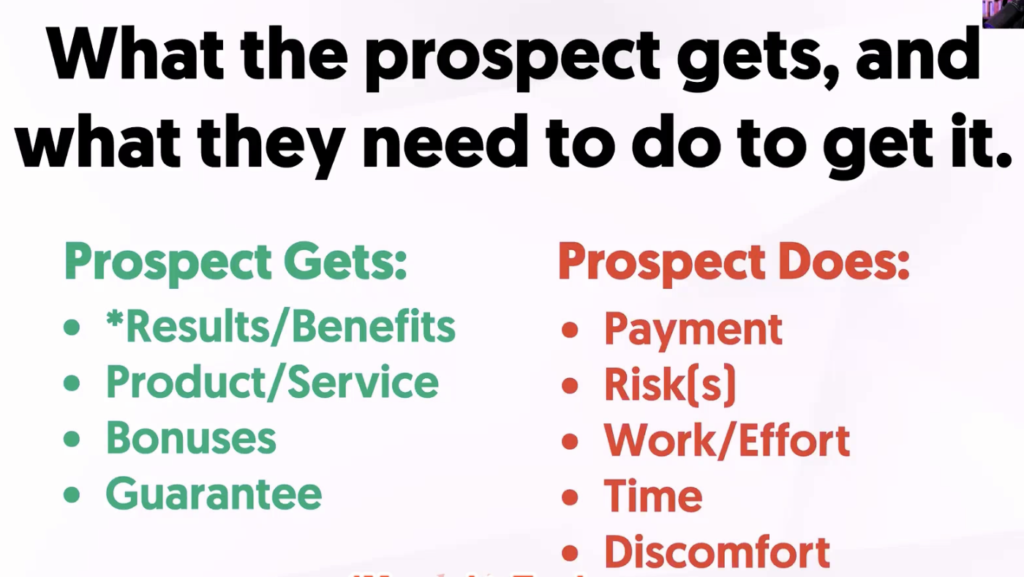
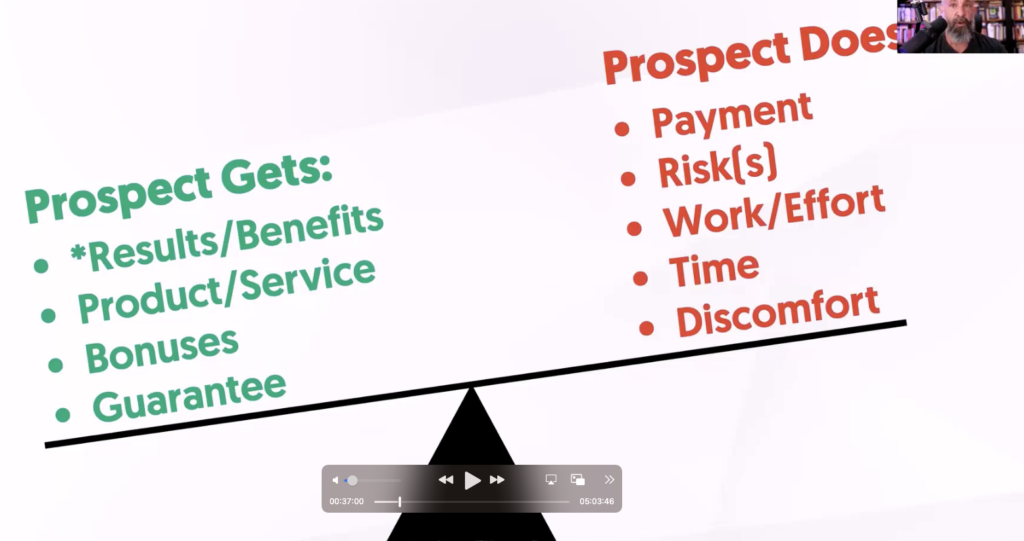

Access to my marketing library
Do I need to be marketing against residential A.T. programs like Bruce's?
Dreams…When you first realized the power of AT
and you thought of sharing it
Justify failures…Selling anything is hard but try to
sell something about process to endgainers is impossible. Even Alexander had trouble.
Allay…WE have something that is so valuable to everyone that it’s just a matter of figuring out how to frame it.
Confirm suspicions…That Alexander wasn’t clear and went off the deep end and our teachers followed suit
Throw rocks…Yoga, Felden, Mindfulness, Meditation
A super simple activity that teaches inhibition
SEAN VOSLER
“Common sense” you might call it. It’s our built-in ability to
feel someone's pain, even if we’ve never experienced it, it’s our desire to feel connected to others; our
natural distrust of the unknown, among thousands of other intuitive connections.
The mediocre teacher tells.
The good teacher explains.
The superior teacher demonstrates.
The great teacher inspires.
― William Arthur Ward
They need to be our hero.
The person we’re rooting for to succeed.
Who’s trials and pitfalls hurt us when we see them stumble.
Indeed they must become our greatest hope, and we - their greatest ally.
To give our hero
what they desire… even (and especially) if they don’t know what that is yet.
The skills will help shine a light on what
makes the human mind tick.
We as writers are the guides who help lead the audience
to the promised land… to reach their end goal.
Is your Alexander practice more like a hobby than a business?
s your Alexander practice more hobby-like than a business-like?
it’s about unlocking our ability
to help our audience - to bring them out of the darkness and into the light.
To fight
for them, to push them, to pull them, to help them become the best version they can
be; all in relation to the product or service we’re persuading them to purchase.
and a business without customers isn’t a business it’s a hobby.
It’s about building a connection between your reader, your brand, and what you're selling. One
that is built on trust; trust that is developed by posing an (1.) argument, (2.) proving it correct,
and then (3.) delivering on the promised result your product or service was designed to fulfill.
METHOD
PLAN
MECHANISM
RECIPE
FORMULA
ROUTINE
RITUAL
TACTIC
The process is straight forward: 1. Follow a set of step by step
instructions, 2. Create something, 3. Review what you’ve
created by referencing it against examples and ideally get
feedback on what you’ve created*.
“We have to continually be jumping off cliffs
and developing our wings on the way down.”
- Kurt Vonnegut
The Headline & Sub-Headline
1.
HEADLINECapture Attention
Frame the Problem
SUBHEADLINE
Hint at Solution
Address Main Objectionis email is for the reader to be inspired
to register for a webinar that’s selling my course on XYZ, I want
them to see the pitfalls that befall those who don’t take XYZ actio
Research
Write A Brief
Take out a piece of paper, at the top write a brief description of
what you want your reader to gain from reading your piece, and
what they should be inspired to do by the end.“Example: My objective for this email is for the reader to be inspired
to register for a webinar that’s selling my course on XYZ, I want
them to see the pitfalls that befall those who don’t take XYZ action.
What's the biggest dream you've ever had for your Alexander teaching
Visit popular aggregation websites like digg.com, reddit.com,
news.google.com, medium.com, buzzfeed.com, cracked.com
If you’re new to this it can be helpful to spend a few moments analyzing
“why” the headline works. Is it stoking curiosity? Is it confirming a
belief? Is it opening a loop in our readers mind?
What is it that captured our attention in the first place?My
“I help_______ achieve/do________ ,so they can__________
without_________
Wharobjective for this email is for the reader to be them to see the pitfalls that befall those who don’t take XYZ action.

1. ThreeEasyQuestions™
3EasyQuestions™ is my approach to teaching constructive conscious control. It’s based on the simple discovery that when a person directs their attention to places of relative ease in their body, the head/neck reflex is facilitated.
Here’s how it works:
When exploring the possibility of easier movement, after inhibiting, in the gap between stimulus and response, instead of traditional orders or directing, you quickly assess these three things about yourself in sequence:
- Where you’re currently noticing places of relative ease,
- What effect noticing that ease is having on your general Use
- How that effect is changing as you begin to engage in your activity.
This gentle, but focused curiosity about the ease you’re currently experiencing shifts your attention in a way that circumvents your usual habit patterns.
It facilitates the Primary Control which reorganizes your movement on the fly, allowing you to perform the activity with increased ease.
As a form of Constructive Thinking, 3EasyQuestions™ allows the actual direction to come from the natural adaptive response of your nervous system.
You make a conscious choice to direct your attention to ease and then stand back and notice what happens. This prevents you from imposing a habitual feeling-based concept of forward, up, head, neck or body upon the process.
3EasyQuestions™ is a new take on constructive conscious control that is so easy to implement it can be taught to a brand new student in a first lesson.
In the hands of a teacher, it also becomes a potent self-healing tool that reveals and erodes deep habitual patterns that tend to be imperceptible & therefore impenetrable.

2. TheEtudes™
TheÉtudes™ are the “lightweight” home study activities that students do for a few minutes every day. They form the practice material they use to actualize what they are learning in the group class.
Like the Études in classical music pedagogy, these are studies; opportunities for students to learn specific skills in a simplified, focused setting. When done regularly the Études…
- Give students a simple & revealing way to practice directing.
- Keep them engaged with their studies between lessons.
- Empower them in their own learning.
- Provide a way of facilitating the Primary Control on their own.
- Give them a way to improve their Use whenever they want.
- Teach Inhibition, Non-doing and Directing quickly.
- Improve their sensory appreciation.
- Develop the awareness they’ll need to apply the Technique in any activity.

3. ThePrimaryConcern™
The Primary Concern is the foundational concept that underlies all of PrimalAlexander. It is the root formulation of the self-experimental process that Alexander pioneered. The Primary Concern takes the form of the question:
What’s happening to my Use as I _____?
(with any activity occupying the blank)
When you can ask and answer that question a few times during an activity, you’ve begun to “think in activity” and it’s the key to understanding how the “end” you’re trying to gain is affecting the “means whereby” you’re using yourself. Namely, how the manner in which you are doing things NOW is affecting your present and future ability to function efficiently.
Asking that question brings the “end” and the “means whereby” into the same frame so that you’re able view the changes in each simultaneously.
That way, when the way you’re doing something begins to interfere with your coordination, you become aware of it and have a chance to make a change.
That’s the bigger picture of how the Études function in Primal Alexander. Through consistent daily practice, they quickly teach a student the value of “thinking in activity” and a simple way to do it.
The Central Importance
of Experimentation

Dr. Frank Pierce Jones
"A new field of practical experimentation on the living human being"
The quote above is from the beginning of the use of the self; it’s it’s Alexander’s summation of his work. In my opinion, The key to getting the most out of Alexander’s discoveries is to follow him (as best we can) down the road of self experimentation.
As a step by step, systematic learning and teaching process, first and foremost, Primal Alexander™ is designed to improve your Use by teaching you, how to EXPERIMENT!
That is, how to use movement, experimentation, observation and desire for change as the means whereby one can systematically improve the quality of one’s own Use of themselves.
By applying a unique kind of directing and a graduated series of self-study “études”, Primal Alexander™ provides students and teachers with a straight forward, easy to follow blueprint for continual improvement.
It’s a self-healing process that uses Inhibition & self-observation to create a gap between stimulus and response that allows our native movement intelligence to preempt our habits of movement while reinforcing the neural pathways that lead to better Use right now and in the future
In that gap, our native movement intelligence can offer up an alternative to our habitual way of moving while it reinforces the neural pathways that lead to better Use now and in the future.
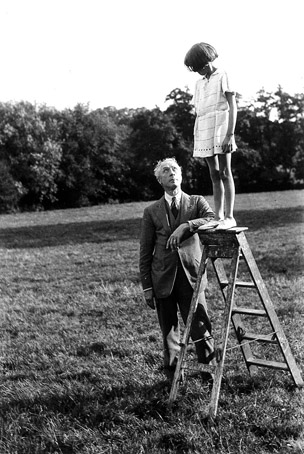
In this course you will learn how to become aware of (and then subsequently untie) the psycho-physical knots that limit your effectiveness as practitioner and teacher of the Alexander Technique.
With an assortment of new tools and objective feedback from me and the other members of this course you’ll be able to enhance and refine your teaching much more quickly, assuredly and easily than you can on your own.
Here are some of the training assets:
- Teachers15™(The 15 Etudes teachers do daily)
- 10 Week Game Plan For Teaching TheStudentEtudes™
- Blueprint for a 45 minute, one on one first lesson
- Intro to SubtleMovementEmpathy™ (Observation)
- Intro to VoiceTouch™ (Using your voice to induce improvement)
- Intro to HiveMindfulness™(Teaching groups online)
- Intro to ConstructiveConversing™(Verbal teaching strategies)
- Intro to MeansWherebyMarketing™ (Building a following online)
The HandsFree Teaching skills you will acquire in this course will enable you to teach authentic and powerful Alexander Technique lessons in situations where hands-on guidance is either not optimal or, in some cases, not even possible.

The bottom line is that you’ll discover an elegantly simpler way to “stick to principle” and “Think in Activity”. And you’ll do both more fully and more often in your teaching and in your daily life so that you can more deeply enjoy and share Alexander’s wonderful work with the world.
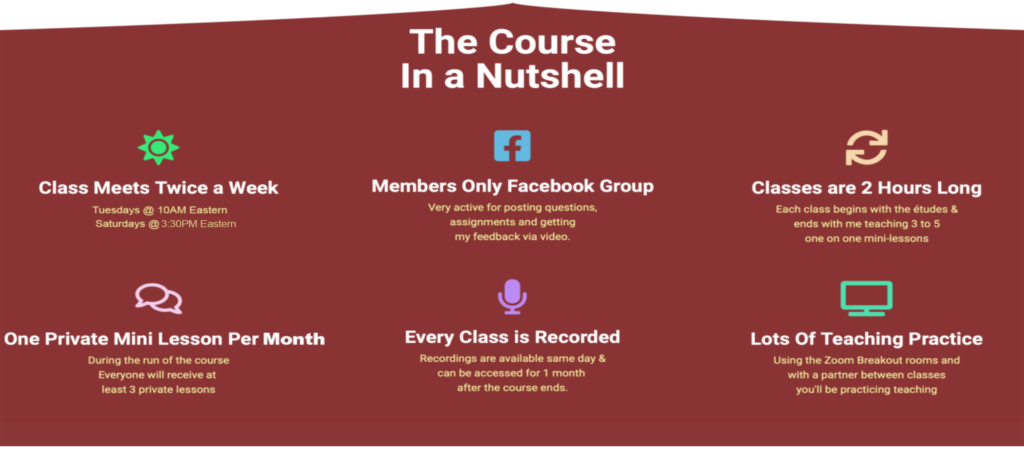
By the end of this course,
you will have:
- Developed the ability to facilitate a student's Primary Control without hands on over the internet
- Deepened your sensitivity to the subtle changes in movement that reveal the fluctuations in someone's use throughout out an activity
- Accelerated the improvement of your own Use through regular practice of the DailyEtudes and consistent experimentation with your conscious choices
- Further clarified your practical understanding of how to apply Inhibition, Non-Doing and "Thinking in Activity" in your daily life
- Extended your influence as a teacher and thought leader by sharing your skills and knowledge through a variety of media
- Eliminated mindset habits that have interfered with your teaching and your ability to share your work.
- Learned how to orchestrate a 30 minute handsFree for a single student or a group
- Understood how marketing yourself as a teacher is just another way of expressing your teaching
- Eliminated any doubts about the true potential of online teaching
- Developed enough confidence in your teaching to share it in as many places as you can
- Understood why so many Alexander Teachers are adding the Primal Alexander études to their daily practice and are teaching them to their students
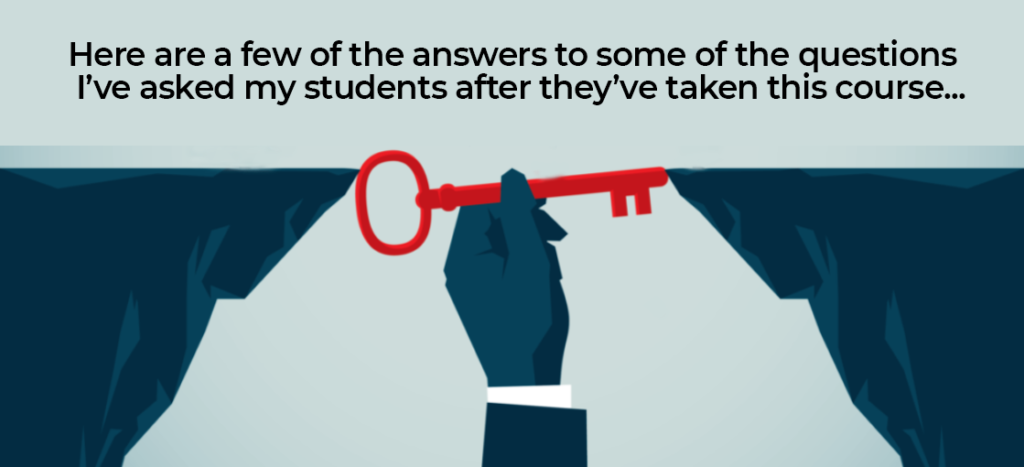
1. What changes have you noticed in yourself as a result of the course?

New Focus on Ease...
"The new focus on facilitating ease on the spot, whatever I do wherever I am is always so delightful and so empowering. I am more myself in certain situations and after 20 years of AT and I worked all these years quite regular, I now have a mental working tool to speak 'when I am ready to speak' Can't believe what took me so long . Hahaha Thank you for that especially!"

Staying with myself...
"There are so many! One is my trust in myself. My observation has improved greatly. Noticing what happens in me as I see another person or as I see a movement has helped me to be more responsive to my students. Staying with myself is improving. I would also say being with stressful situations in a new way gave me a new tools to be with uncomfortable feelings and to trust the place I am meeting in myself. I've also noticed an overall softness and clearer expression of myself."

Life-Long Learning Tool
"Gosh, where do I start?! It has changed and opened up my thinking in all sorts of ways. The reason I have always loved and been passionate about AT is because it is a life-long learning tool, and I'm always amazed and delighted by how my thinking can be challenged, changed and opened out - I just didn't expect this from online work."

Greater ability to Recognize EndGaining
"Changes in thinking that affect use. Changes in use that affect sensitivity; Greater capacity to recognize and accept unusual sensory experience. A decrease but not a cessation, of the desire to "fix things that are wrong" Greater ability to recognize end-gaining. Greater confidence in my agency as a teacher."
I'm Picking Up More Subtle Things...
"I've noticed that I am picking up more subtle things that my students are doing to themselves than I could at the beginning of the course. I've also noticed that I am not getting stuck in feeling as much as I was at the beginning of the course. My constructive thinking seems to be much clearer with less internal dialogue going along with it."

Much Easier To
Access Ease...
"I generally feel calmer, less reactive, and more objectively observant of myself and others. I find it much 'easier' to access ease through Primal Alexander than through traditional ordering/directing."
2. In what way has Primal Alexander™ added to your understanding of Alexander's Discoveries?

The Freedom of Choice That Emerges...
The essential business of non interference. The freedom of choice that emerges from directing attention as opposed to “doing” directions. The Glimpses of experience of the resistance caused by habit dropping away to release movement... The renewal of each zero/moment being a new event rather than a sustained “something“

A Step in The Right Direction...
In a way, Primal Alexander has really saved me as an AT teacher. Primal Alexander brought me so much closer to FM's process.He connected visual perceptions with kinesthetic ones over many years. He did not receive a series of hands on lessons and then try and recreate what someone else helped him feel. All that to say I think Primal Alexander is a step in the right direction.

Asking Just This
One Question...
Just This One Question Read More I learned more about the thinking process, the constructive thinking in a deeper way. It is so stripped down by asking just this one question. It makes it in a way easier to look more closely to what's happening in oneself.

Hidden Treasures...
"The sheer magnitude of transformation the course had on me and the hidden treasures of your simple movement exercises!!!"

Conscious Expansion...
"I'm understanding how this regular, systematic training of my conscious thinking isn’t limiting - instead it provides a framework from which the expansion of conscious thinking is enabled."

The Primary Control...
"I'm finding out just how primary Primary Control REALLY is!"
3. What do you think Primal Alexander adds to the lexicon of Alexander Technique teaching in general?

Ingenious!
An ingenious take on the Technique!

Legitimate!
It offers a completely legitimate and in depth way to explore the work!

The Origins of A.T.!
It takes you back to the origins of A.T. and brings you into a deeper consciousness!

The Use of The Self
Primal Alexander™ gives a clear and specific way of experiencing and practicing the process that FM Alexander describes in The Use of the Self, namely, how to pause in the face of a stimulus, direct myself, and move with constructive thinking.

Looking After Yourself
I think it's a fantastic tool for teaching people how to look after themselves without relying on a teacher's hands 'fixing them'. As the crux of AT is self/Self discovery, PA really enables people to THINK for themselves.

Responsibility
I'd say it is THE WAY to teach the Alexander Technique because of the way it puts the responsibility for change directly where it belongs: ON THE STUDENT

Learn The Essential Skills Needed To Teach
Exquisite Alexander Technique Lessons Online!
$1497
Starting Tuesday 2/1/22

"I am not going to teach you what is
right. I will help you find out what
is causing you to be wrong."
Re:Evolution of a Technique
If you’ve managed to get this far, the odds are that you probably have a pretty good idea of what’s on offer here.
In early March, when the Corona virus crisis became inescapable, so did the need for Alexander teachers to at least take a look at teaching online.
More than 700 Alexander teachers showed up for the workshops I taught with the help of Jennifer Roig-Francoli those three weekends and it was wonderful to able to share some of the things I’ve been exploring.
Now, just a few months later, lots more people are both teaching online and training teachers to teach online which is great thing for our community, for the world and for the work itself.
While it’s certainly true that after taking this 12 Week introductory course you’ll be better able to adapt what you already know about teaching Alexander’s work to possibilities and limitations of this new medium, the real value of what you’ll be learning, I think, goes way deeper than that.

On the personal side, you will have in your possession a brand new set of tools that you can use to literally follow in Alexander’s footsteps.
Your increasingly acute self-observational ability when combined with a deepening commitment to change through experimentation will greatly speed the improvement of your own Use of yourself.
On the teaching side, all the wonderful work you’ll be doing on yourself will infuse your lessons with new insights and a new spooky sensitivity.
You’ll be able to use your deepening empathy and clarity to help your students to first uncover and then untie their habitual psycho-physical knots on their own.
Primal Alexander, Level 1 is more than just a few activity tricks that you can do with your students online until this Corona virus cloud lifts.
It’s a first look at a rich, robust and nuanced new angle on the groundbreaking science that Alexander invented more than a century ago in order to save the career he loved so deeply.
It’s also an invitation to become part of a lively international community of like-minded learners that continues to expand…
It’s an additional means whereby your personal growth can instantly become the gift of transformation for your students and anyone you come in contact with…
Finally, for anyone who loves this work, it’s another way to utilize and share the many amazing treasures that that constitute The Alexander Technique at a time when the World just might need them more than ever.
Thank you for your attention. I hope you decide to join us in class!
Cheers,
Mio
